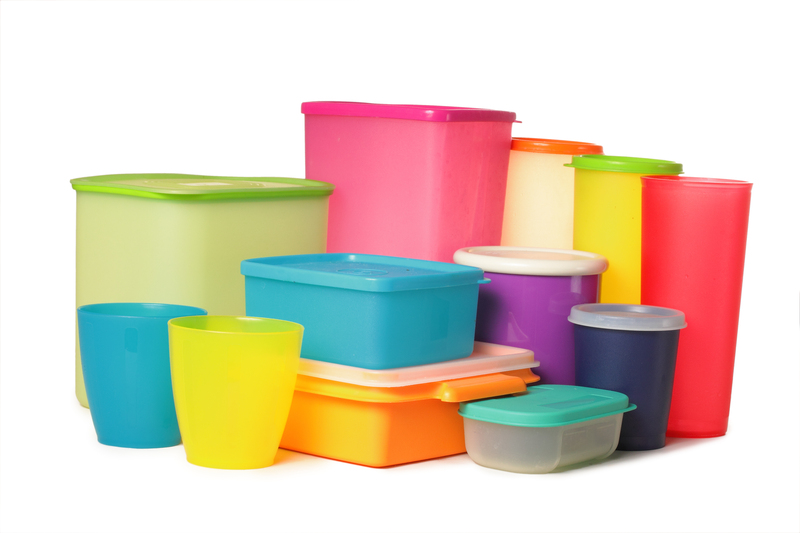The Ultimate Guide to Greening Your Living Space
In today's world, creating a green living space isn't just a trend--it's a lifestyle choice that benefits both you and the environment. Embracing sustainability in your home not only reduces your carbon footprint but also enhances your well-being. This comprehensive guide will provide practical tips and insights to help you transform your living area into an eco-friendly haven.
Understanding Eco-Friendly Living
Before diving into the specifics, it's crucial to understand what eco-friendly living entails. At its core, it's about making conscious decisions that positively impact the environment. This involves understanding the resources your home consumes and finding ways to reduce waste, conserve energy, and adopt sustainable practices.
Why Make Your Living Space Green?
- Environmental Impact: A green living space reduces greenhouse gas emissions and reliance on non-renewable energy sources.
- Health Benefits: Natural materials and better air quality improve health and wellness.
- Cost Savings: Energy-efficient appliances and sustainable practices can significantly reduce utility bills.
- Increased Property Value: Homes with eco-friendly features are increasingly desirable in the real estate market.

Step-by-Step Guide to Creating a Green Living Space
1. Assess Your Current Environmental Impact
Start by evaluating your current energy and water usage, waste production, and the sustainability of your living space. Conduct an energy audit to identify areas that need improvement. Many local utility companies offer auditing services or advice on energy efficiency.
2. Energy Efficiency
Energy conservation is a critical component of a sustainable home. Consider implementing the following strategies:
- Upgrade to LED Lighting: LED bulbs use significantly less energy and last longer than traditional incandescent bulbs.
- Install Programmable Thermostats: Automatically regulate your home's temperature to avoid unnecessary heating or cooling when you're not home.
- Invest in Energy-Efficient Appliances: Look for appliances with the ENERGY STAR label, which meet strict energy efficiency guidelines.
- Utilize Smart Power Strips: These devices reduce phantom load by cutting power to electronics that are in standby mode.
3. Improve Indoor Air Quality
Good air quality is vital for a healthier home environment. Implement these changes to improve it:
- Introduce Houseplants: Plants such as spider plants and peace lilies act as natural air purifiers by removing toxins from the air.
- Use Natural Cleaning Products: Opt for eco-friendly cleaning agents to minimize chemical pollutants in your home.
- Ensure Proper Ventilation: Regularly open windows and use exhaust fans to allow fresh air circulation. Consider installing HEPA filters in your HVAC system for enhanced air quality.
4. Water Conservation
Reducing water usage not only saves money but also conserves precious resources. Here's how you can practice water conservation:
- Fix Leaks: Repair leaky faucets, showers, and toilets promptly, as they can waste a significant amount of water over time.
- Install Low-Flow Fixtures: Low-flow showerheads and faucet aerators can drastically reduce water usage.
- Implement Rainwater Harvesting: Capture rainwater for use in your garden or for other non-potable purposes.
5. Use Sustainable Materials
Opt for sustainable and renewable materials in your home to reduce environmental impact:
- Bamboo Flooring: More sustainable than hardwood, bamboo is a rapidly renewable resource that offers both elegance and durability.
- Recycled Materials: Use furniture and d?cor made from recycled or upcycled materials to reduce waste.
- Non-Toxic Paints: Choose paints with low Volatile Organic Compounds (VOCs) to minimize air pollution.
6. Waste Reduction
Minimize waste by embracing a zero-waste lifestyle:
- Recycle and Compost: Separate waste into recyclables and organic waste for composting. Composting not only reduces landfill waste but also creates nutrient-rich soil for your plants.
- Buy in Bulk: Reduce packaging waste by purchasing products in bulk.
- Adopt the 3 R's: Reduce, Reuse, and Recycle--focus on minimizing waste in every form.

Adopting a Green Mindset
Transitioning to a green living space is as much about mindset as it is about physical changes. Embracing sustainability requires ongoing effort and awareness:
Educate Yourself and Others
Stay informed about environmental issues and sustainable practices. Share your knowledge with friends and family to encourage a broader adoption of green living habits.
Engage with Your Community
Join or organize community initiatives focused on sustainability. Local groups can offer support and resources to those looking to live greener.
Conclusion
Transforming your home into a sustainable haven is an achievable goal when approached strategically. By following these steps, not only will you be contributing positively to the environment, but you will also create a healthier, more comfortable living space for yourself and future generations. Embrace the principles of eco-friendly living, and inspire others to take meaningful steps toward a more sustainable future.